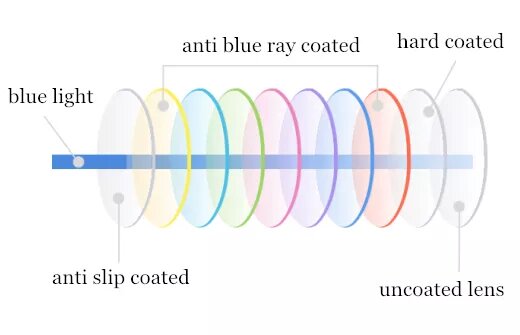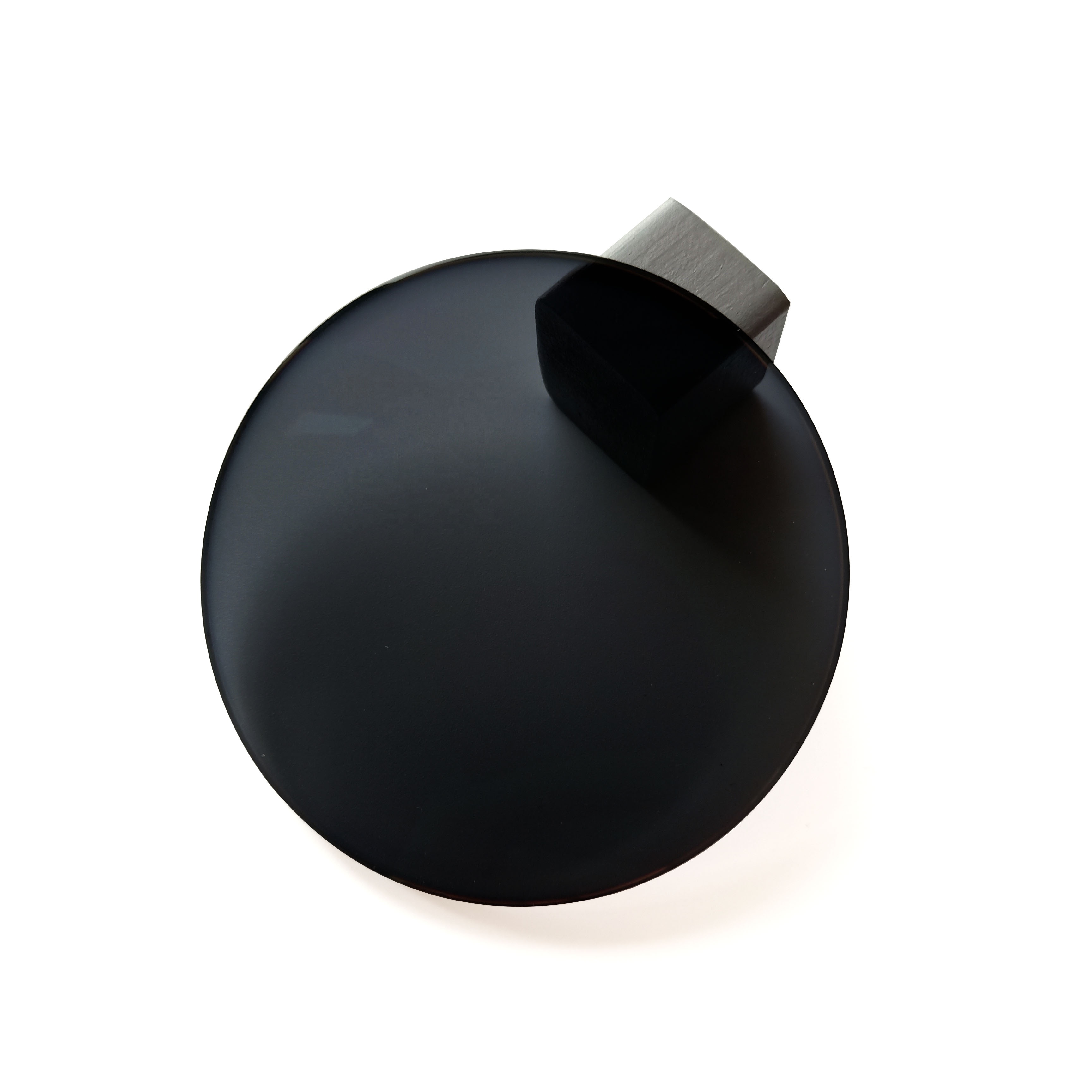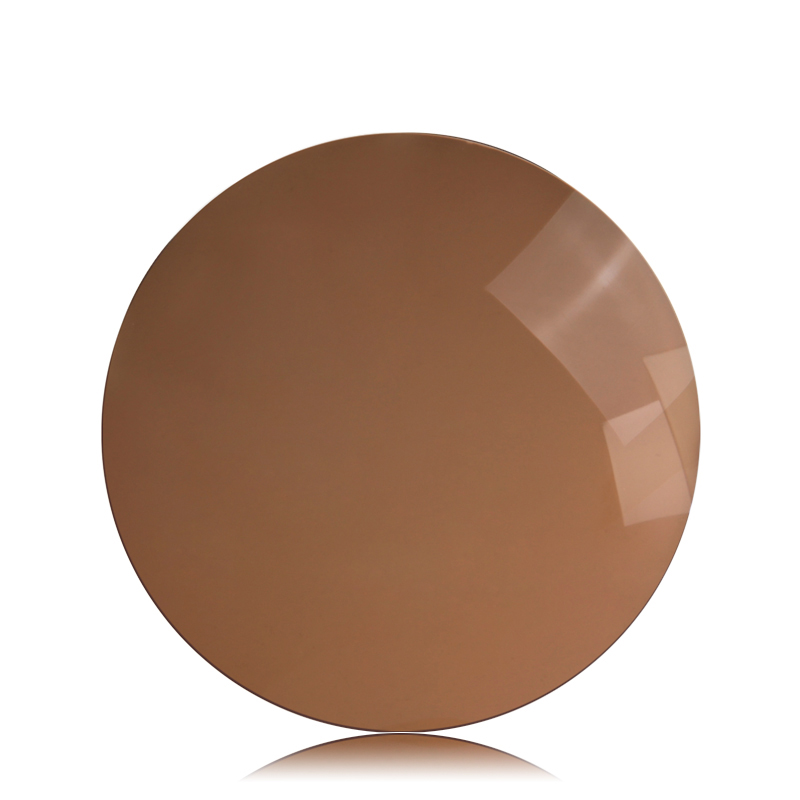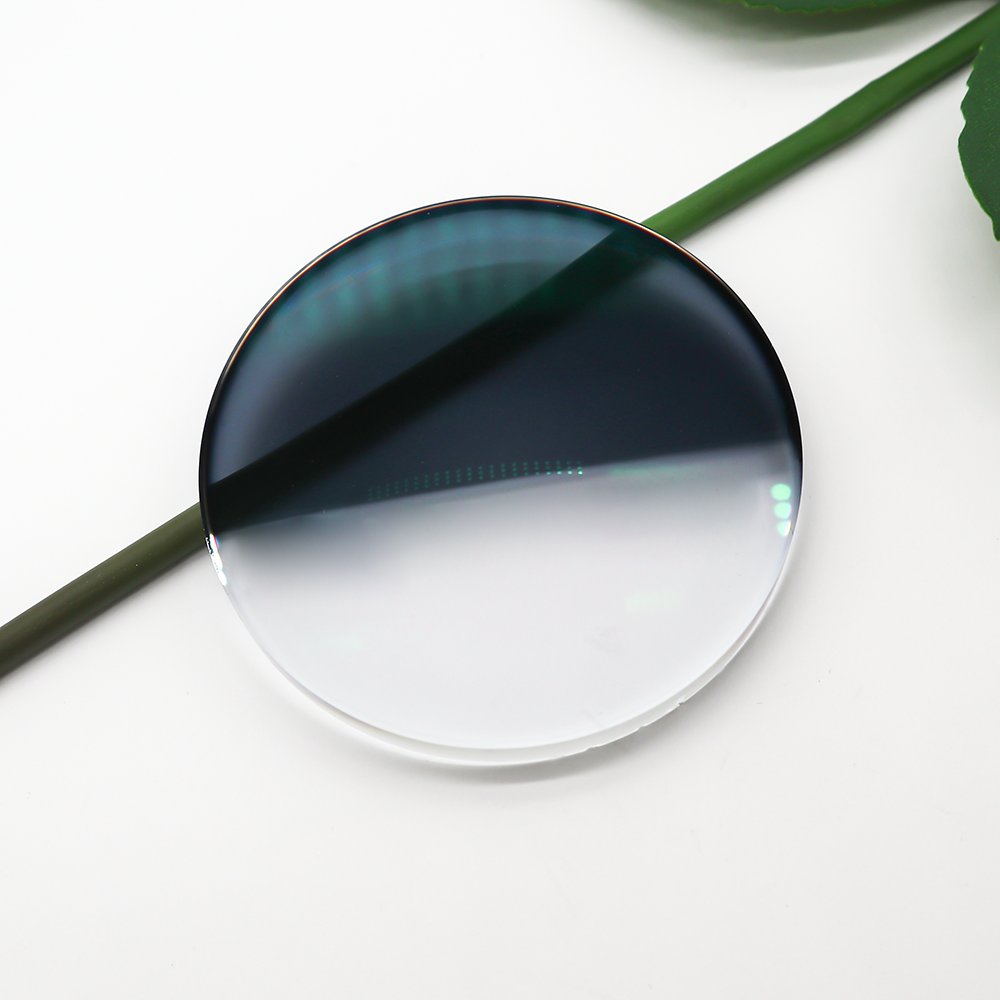Photochromic lenses are also known as “photosensitive lenses”. According to the principle of reversible reaction of light color alternation, the lens can quickly darken under light and ultraviolet radiation, block strong light and absorb ultraviolet light, and show neutral absorption to visible light. Back to dark, can quickly restore colorless transparent state, ensure the lens transmittance. So the color changing lens is suitable for indoor and outdoor use at the same time, to prevent sunlight, ultraviolet light, glare on the eye damage. Tags: 1.60 photo lens,1.60 photochromic lens








 3) Coating Choice?As 1.60 Photochromic Lens SHMC, super hydrophobic coating is the only coating choice for it. Super hydrophobic coating also name crazil coating, can make the lenses waterproof, antistatic, anti slip and oil resistance. Generally speaking , super hydrophobic coating can exist 6~12 months.
3) Coating Choice?As 1.60 Photochromic Lens SHMC, super hydrophobic coating is the only coating choice for it. Super hydrophobic coating also name crazil coating, can make the lenses waterproof, antistatic, anti slip and oil resistance. Generally speaking , super hydrophobic coating can exist 6~12 months.